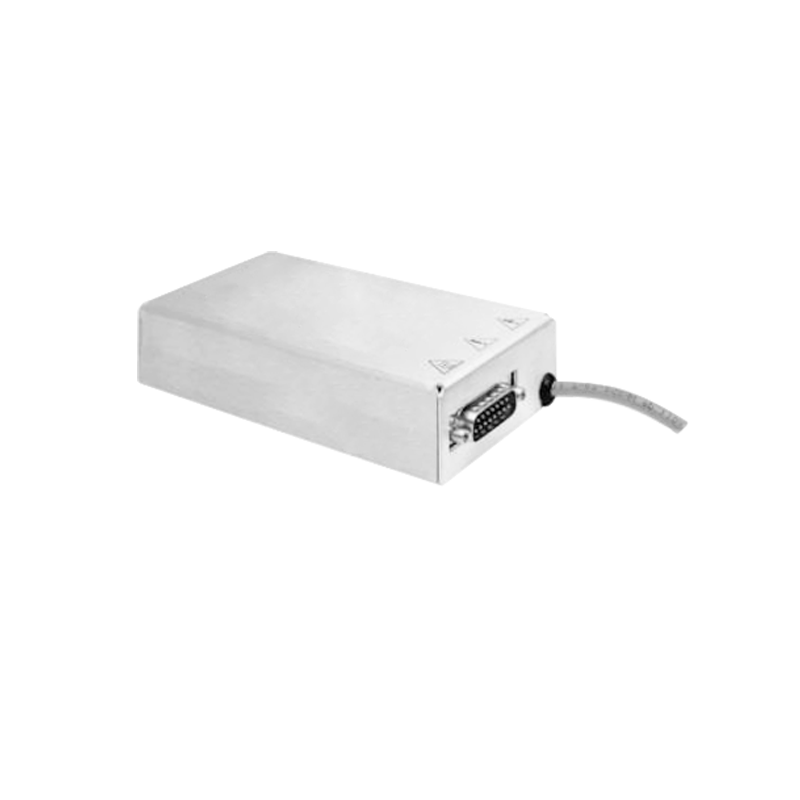Safety Upgrade of High-Voltage Power Supply for Lithotripsy: Precision Control and Systemic Protection
By Energy Technology Review
I. Safety Standards Upgrade: From Parameters to Clinical Adaptation
The high-voltage power supply for lithotripsy must comply with stringent international safety standards (e.g., IEC 60601-2-77), where core parameters dictate clinical safety:
1. Electrical Safety: Leakage current ≤0.1 mA (normal) and ≤0.5 mA (fault); insulation withstands 4000 V for 1 minute without breakdown.
2. Energy Stability: Shockwave energy output error ≤±20%, treatment voltage fluctuation within ±5% (e.g., 14.25–15.75 kV at 15 kV setting) to prevent incomplete stone fragmentation or tissue damage.
3. Environmental Adaptability: Operating temperature 10–40°C, humidity 30–75%, and input voltage compatibility with AC 220V ±10%.
II. Critical Protection Technologies: Multi-Dimensional Safeguards
1. Overvoltage/Overcurrent Protection
Metal oxide arrestors and varistors rapidly dissipate abnormal energy;
Current transformers trigger relay cutoff within milliseconds to prevent overheating.
2. Insulation and Grounding
Ceramic/mica-based insulation with extended creepage distances;
Equipment grounding (resistance ≤4 Ω) paired with residual current devices for sub-30 ms power interruption.
3. Electromagnetic Compatibility (EMC)
Shielding enclosures and LC filters suppress high-frequency harmonics;
Compliance with anti-interference standards (stable operation under 1 V/m radiation).
III. Intelligent Monitoring: From Reactive to Proactive Defense
1. Closed-Loop Control: Real-time pressure monitoring (e.g., PVDF sensors) adjusts voltage output to limit energy density error to <5%.
2. Multi-Parameter Alerts: Integrated sensors analyze temperature/current/voltage trends, flagging risks like capacitor degradation.
3. AI-Assisted Safety: Deep learning optimizes focal pressure (50–100 MPa) and pulse frequency (1–15 Hz) based on patient BMI and stone position.
IV. Maintenance and Protocols: Ensuring Long-Term Safety
Predictive Maintenance: Electrode inspection every 5,000 discharges; pressure sensor calibration every 6 months; recalibration after component replacement (e.g., electromagnetic disk) to maintain targeting accuracy (≤1 mm error).
Operational Protocols:
Two-person operation (certified operator + supervisor);
Power-off procedures: Verify-Discharge-Ground sequence; lightning weather prohibition.
Conclusion
The safety upgrade of lithotripsy high-voltage power supplies hinges on integrating precision engineering with clinical needs. Advancements in materials (e.g., ceramic insulation), intelligent control (AI-driven voltage adjustment), and systemic protection (EMC design) collectively prioritize patient safety and efficacy. Future breakthroughs in nonlinear acoustics and adaptive algorithms will further advance the goal of zero-injury precision lithotripsy.




















